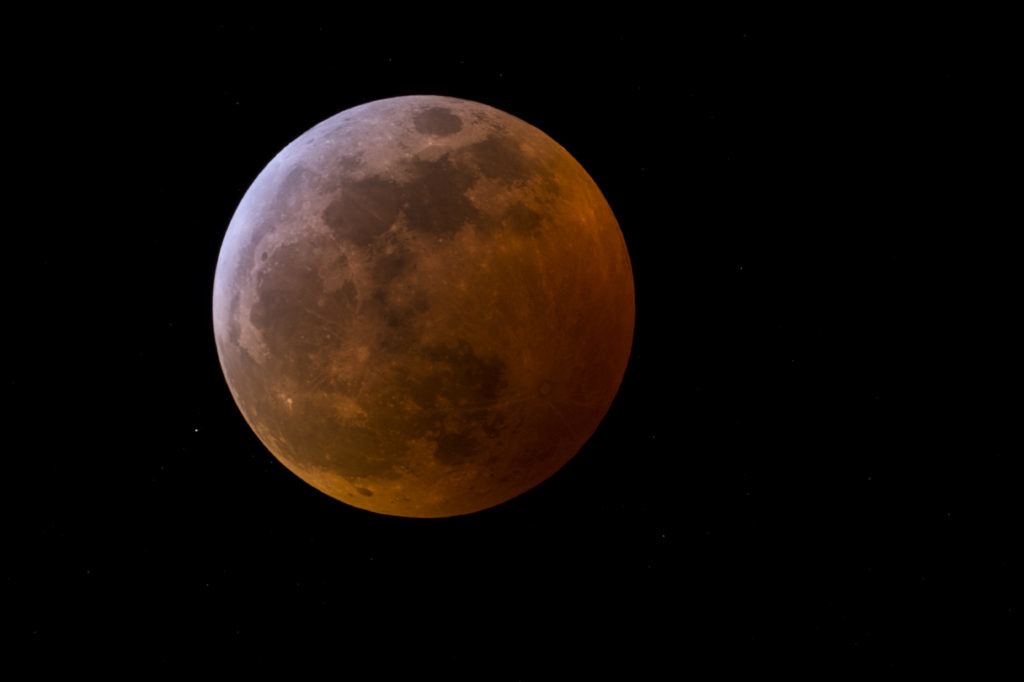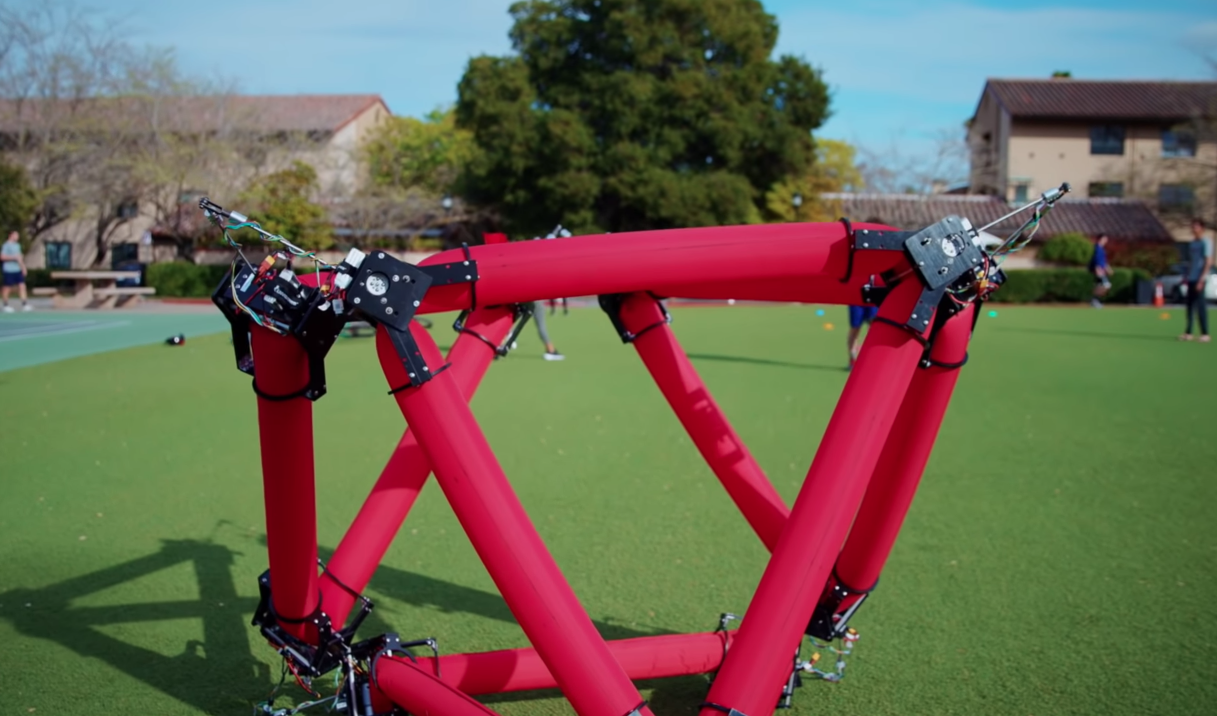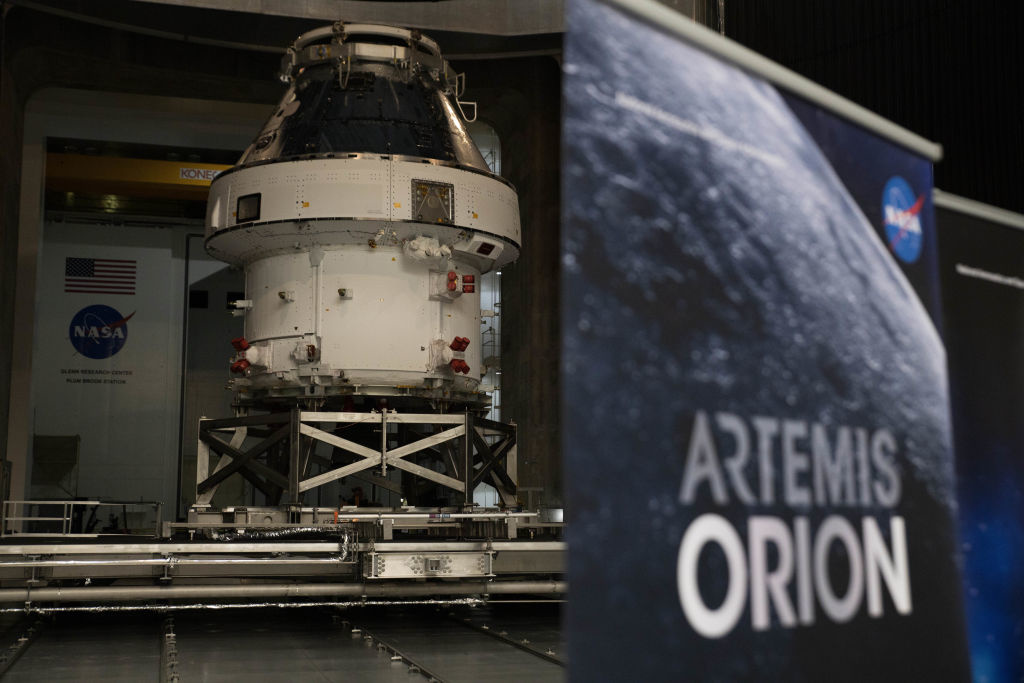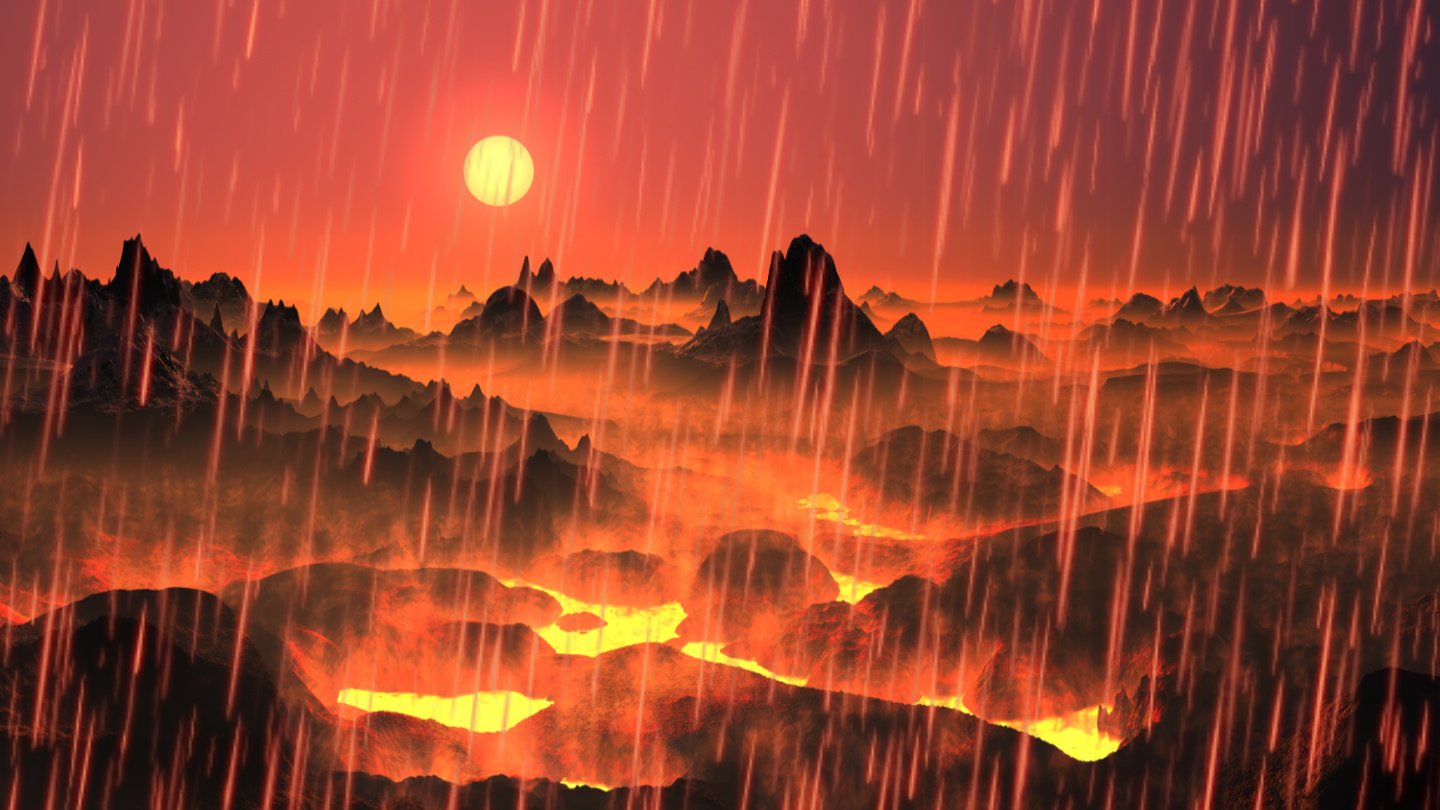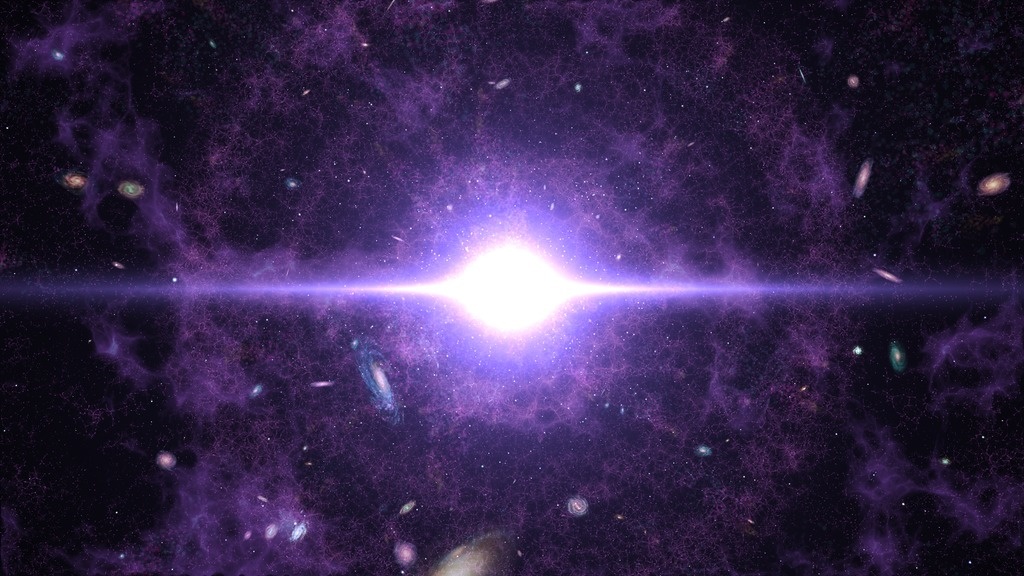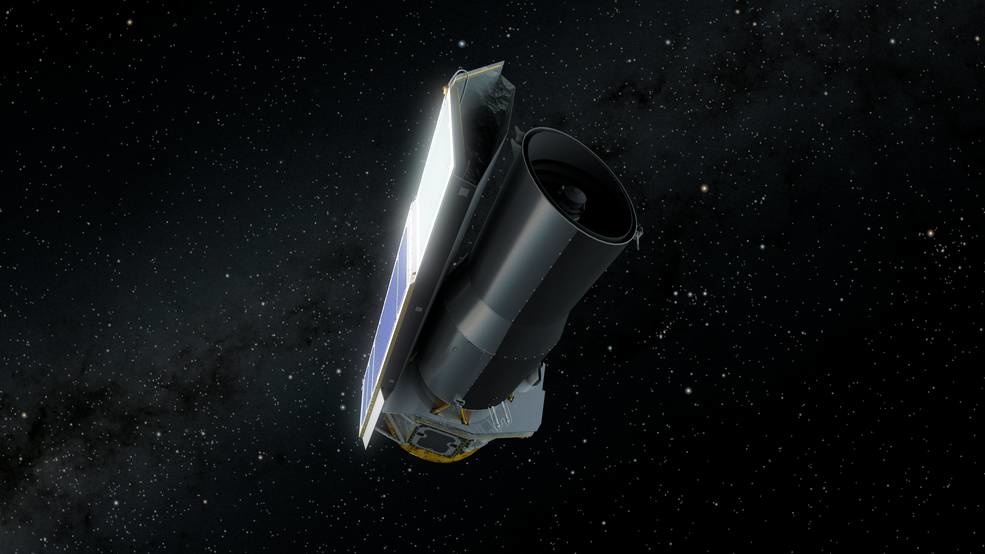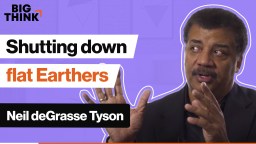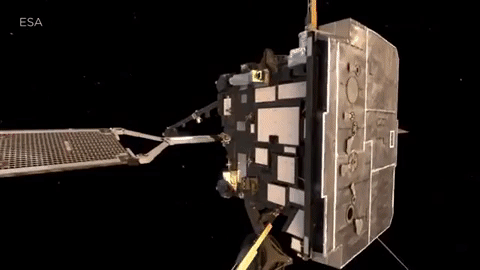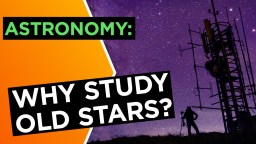space
Need a distraction during these stay-at-home times? Look up tonight to see the first supermoon of spring.
A team of scientists created a new type of robot inspired by an octopus, and it could be a major breakthrough in the field.
The space agency is ready to establish a base camp by 2024.
Astronaut Garrett Reisman talks NASA, SpaceX, and where we’re headed next.
▸
4 min
—
with
New study of gamma rays and gravitational lensing points to the possible presence of dark matter.
Astronomers find these five chapters to be a handy way of conceiving the universe’s incredibly long lifespan.
And the first sci-fi weapon the Space Force gets is….a device to scramble communications?
The ESO finds another exoplanet that’s definitely not a place for us to go.
A mission is planned for just three weeks from now, but NASA has a plan.
A new study rocks prevailing theories on antimatter in the early Universe.
Here’s a look at the space agency’s astronaut candidate requirements.
A new batch of papers reveals some of Mars’ subterranean secrets.
A volcano in California is a hot spot for conspiracy theorists.
MIT engineers devise a decision map to identify the best mission type to deflect an incoming asteroid.
Physicist Frank Wilczek proposes new methods of searching for extraterrestrial life.
Physicists propose using time crystals to bring about a quantum computing revolution.
Belief systems aren’t necessarily dangerous until they’re spread by someone with influence.
▸
4 min
—
with
The spacecraft is set to come closer to the star than any other Sun-facing camera before it.
The tech billionaire Elon Musk releases a song where he performs himself.
Got $55 million lying around? If so, you might be able to score a spot aboard the International Space Station starting 2024.
Until about a decade ago, only two habitable zone planets of any size were known to astronomers: Earth and Mars.
The outer edges of a black hole might be “fuzzy” instead of neat and smooth.
The intelligent life we are searching for doesn’t have to be humanoid.
The TRUTHS mission aims to collect extremely precise data on how much radiation Earth absorbs and reflects.
New study figures out how stars produce gamma ray bursts.
A Mars Space Flight team member warns that people need to be prepared for what’s coming.
These needles in the vast galactic haystack take more effort to find, but they help piece together our origins.
▸
7 min
—
with
An astrophysicist proposes new designs for stellar engines that can move a solar system.
An ongoing experiment aboard the International Space Station aims to find out more about the fundamentals of combustion.
